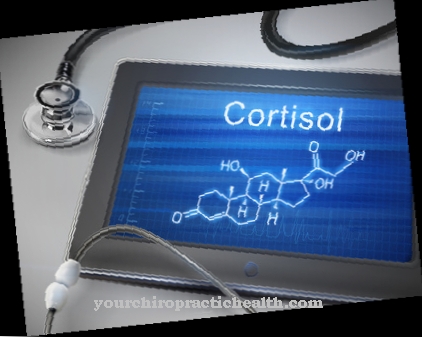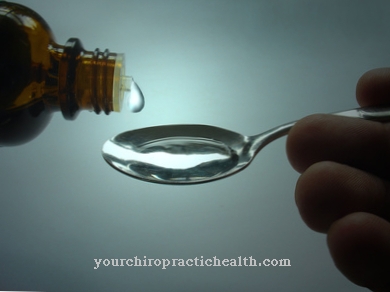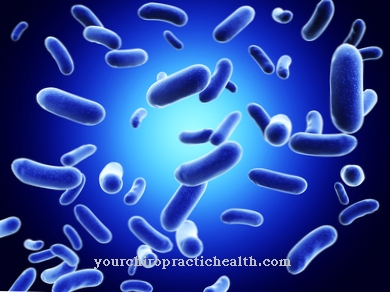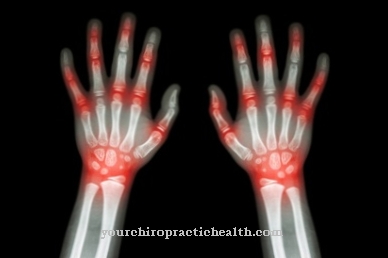penicillin is often the first choice when it comes to fighting diseases caused by bacteria. They kill the pathogens and prevent them from multiplying if there is no resistance.
What is penicillin?

1928 was penicillin discovered by Alexander Fleming. It is the first antibiotic of modern times. Penicillin is obtained from Penicillium mushrooms.
Penicillin is a type of antibiotic that is injected or given orally. It is used against bacterial infections and prevents the bacteria from forming a protective outer shell.
The drug must be taken for a long time to get the full effect. As more and more bacteria become resistant to penicillin, new synthetic antibiotics have to be developed again and again.
Application & use
penicillin is given to treat bacterial infections. Benzylpenicillin is always used as an injection because this penicillin is not acid-proof. Although this drug can easily be broken down by the bacteria, it is popular with doctors because it is well tolerated. The most common areas of application are infections with pneumococci, streptococci, diphtheria bacteria, meningococci and spirochetes.
Oral penicillins such as phenoxymethylpenicillin and propicillin can be administered. They are less potent than benzylpenicillin, but act the same.
Penicillinase-resistant agents such as oxacillin, flucloxacillin and dicloxacillin are more effective against cleavage by bacteria. However, these only work against staphylococci, although in most cases they are already resistant to antibiotics.
A modern variant of penicillin is, for example, amoxicillin. It is taken orally and helps with respiratory infections, infections in the urinary and biliary tract, blood poisoning, whooping cough and otitis media.
Interactions
The taking of penicillin can cause drug interactions. Many preparations prevent or reduce the absorption of hormones in the intestinal flora. This can worsen contraception using birth control pills because it is less effective. If penicillin is ingested, condoms should also be used.
The simultaneous intake of antibiotics that inhibit bacterial growth and phenoxymethylpenicillin such as tetracyclines and erythromycin should not be used. These active ingredients are only effective in adult bacteria.
Penicillin and indomethacin or salicylates should not be used together. These funds are used for rheumatism. If they are taken together with penicillin, the concentration of phenoxymethylpenicillin is prolonged and increased.
Persistent diarrhea, increased urination or the simultaneous use of aminoglycoside antibiotics worsens the absorption of penicillin and thus reduces its concentration and effectiveness.
By taking penicillin, the detection of sugar or bile pigments can be worsened.
Risks & side effects
There are various risks and side effects posed by taking penicillin may occur. These are not the rule and differ in severity. It also depends on whether penicillin was administered as a tablet, syringe or ointment.
Tooth discoloration, inflammation of the tongue, inflammation of the oral mucosa, dry mouth, changes in taste and gastrointestinal problems such as vomiting, nausea, diarrhea, loss of appetite and flatulence can occur.
It is possible that neutropenia, which means a decrease in the number of white blood cells, may develop. Thrombocytopenia, a reduction in the number of blood platelets, also occurs. Other side effects can be: agranulocytosis, skin rash, hives, Lyell's syndrome, drug fever, anemia, protein allergy reaction, kidney inflammation, facial swelling, palpitations, blood vessel inflammation, shortness of breath, joint pain, allergic shock and spasms of the bronchial muscles.
If penicillin is taken over a long period of time, it can lead to an infestation with resistant fungi and bacteria around the large intestine. The consequences are diarrhea and intestinal inflammation. The use of penicillin must then be stopped immediately and replaced with another antibiotic. Vancomycin may be suitable.
Long-term and repeated use of penicillin can lead to so-called superinfections with bacteria or fungi that are already resistant. It also leads to infections in the mouth or to vaginal infections.
If allergic reactions such as hives occur immediately after taking penicillin, it is probably an allergy to penicillin. Then the treatment must be stopped immediately and replaced with a suitable antibiotic.
Penicillin should only be taken during pregnancy after consultation with the treating doctor. There are no known harmful effects.
Penicillin should be avoided during breastfeeding. The active ingredient is absorbed by the baby through breast milk and can lead to diarrhea and intestinal inflammation. This can also raise the baby's awareness.












.jpg)



.jpg)










.jpg)
